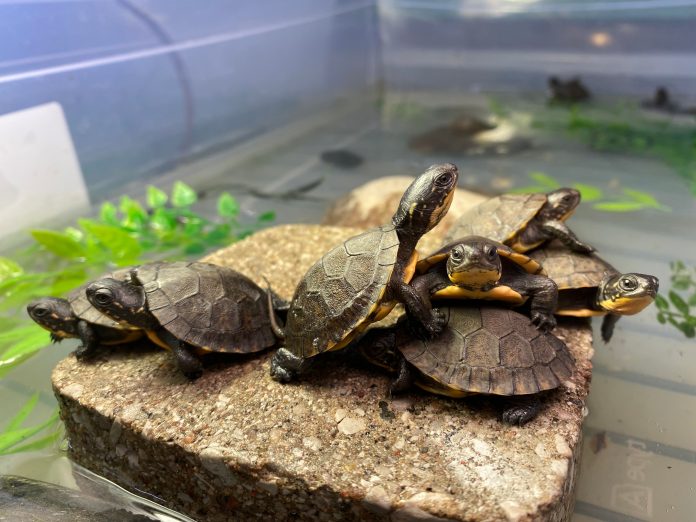Turtle season is in full swing once again, and with recent developments at Ontario’s turtle hospital, it’s easier than ever before to help support the province’s species at risk.
Turtle season spans from April to October each year with most nesting activity occurring in May and June. The eight species of turtles native to Ontario are all designated as species at risk on a provincial and federal level. Turtles are considered a key indicator of an ecosystem’s health and many people don’t know just how valuable they are, said Sue Carstairs, executive and medical director of the Ontario Turtle Conservation Centre (OTCC) in Peterborough.
“They live in wetlands and wetlands are the filtration system, the kidneys, of our water source, so they’re really valuable to protecting those ecosystems that are meant to be the most biodiverse on the planet,” Carstairs said.
The OTCC is home to the province’s turtle hospital and a program to incubate and hatch eggs along with providing education and doing field work across Ontario. Earlier this month, the centre announced the launch of the Ontario Turtle Conservation Network, created in partnership with Parks Canada.
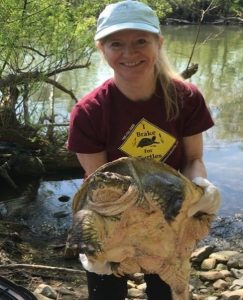
The network is a resource for the public as well as researchers and conservation groups. It shows the various conservation projects and programs across the province and provides contact information to help interested parties get involved. Carstairs said they’ve received some great feedback on the network already, but that’s not the only exciting development at OTCC.
In hopes of having their property protected and used for conservation purposes, donors Mary and Gerry Young have offered OTCC the use of their property, which is near the current facility. The centre has renovated two existing buildings on the property and they’re raising $3 million to build a 10,000-square-foot facility to house the new hospital, which will include an intensive care unit, a hatchling area and an education centre.
“We’re proceeding with the site plan approval and hoping to break ground later on this summer, so it’s going really well,” Carstairs said. “We’re about three quarters of the way there in what we had hoped to raise.”
The OTCC’s facility is currently in a commercial mall, so while they do a lot with a little, the new facilities will allow all of their services to expand. The hospital at the centre is a teaching hospital, but they can only take one veterinary student at a time right now due to space constraints.
Along with allowing for more students, the expansion will provide bigger areas for admission, lab and surgery. There were over 1,500 turtles admitted to the hospital last year. They also released 2,250 turtles, raised 2,065 hatchlings and took in 4,991 eggs. Things can get crowded at their current location since they never turn away turtles, so the new building will be better for turtles, staff and volunteers alike.
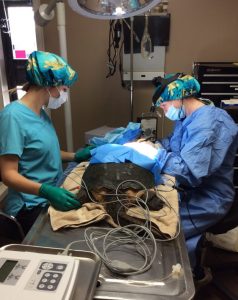
The OTCC is registered charity and relies on donations to operate, so everything counts, Carstairs said. Whether it’s making a financial contribution, donating from their wishlist or even helping a turtle cross the road, it all makes a difference. For people wanting to get more involved, volunteers can sign up as turtle taxis and help transport injured turtles to the centre.
“There’s so many ways to get involved on any level that you like,” she said “All combined, it’s really powerful, but it doesn’t have to be onerous for any one person.”
With the long weekend on the way, it’s especially important to watch for turtles on roads and shoulders. They may look like rocks or potholes, so drivers should be aware, slow down and avoid them if at all possible. If it’s safe to do so, drivers can also pull off onto the shoulder, making sure to watch for nesting sites, and help turtles continue in the direction they’re already headed.
Anyone in Ontario can call the OTCC at 705-741-5000 to report an injured turtle and their team will help get the turtle care through their first responder system and their taxi system. Turtles face a range of risks in addition to road mortality, including habitat loss, poaching and more. That along with the fact that they’re slow to reproduce means conservation efforts are essential in maintaining their populations.
“Some of these snapping turtles, they could be 50, 75, even 100 or more years old,” Carstairs said. “They’re just impossible to replace in the population when they’re lost, so every one that we save is important.”
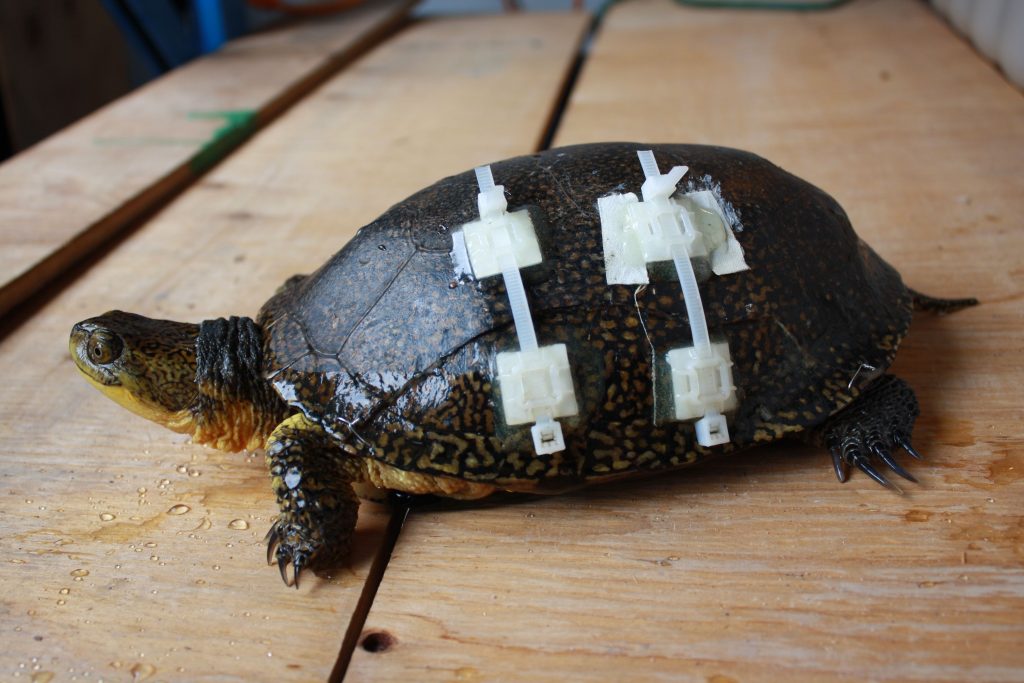
Kelly Wallace, managing director and founder of the Think Turtle Conservation Initiative, said Ontario is lucky to have the turtle hospital, so it’s amazing to see it expand. Having a hospital that treats and releases adult turtles gives them the best chance of species recovery.
“There’s just a huge list of factors that they face and the thing is, they are very slow to reproduce,” Wallace said. “Species like snapping turtles and Blandings turtle could take upwards of 17 to 20 years for them to reach sexual maturity, which means it’s very difficult for them to repopulate.”
Wallace said they’ve already received many calls about turtles in peril, stuck in fences or other structures while also facing the effects of land and shoreline development. The turtle hospital has already admitted over 200 turtles, and with a slow April, that number has Wallace and other conservationists concerned.
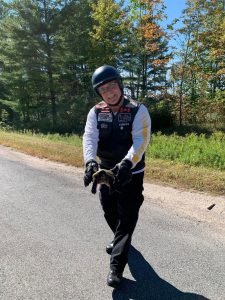
Turtle activity is about two and a half weeks behind this year, she said, so May has seen more turtles on the roads and June will likely be busy for nesting activity. It’s crucial for Ontarians to be mindful of turtles and ensure that any injured turtles get the help they need.
“Turtles have a really unique metabolism, and their ability to recover is actually very good,” Wallace said. “Even a turtle that someone sees that the shells broken and they’re bleeding and they think the turtle is a goner, it’s very, very possible that turtle can be treated and if it gets to the turtle hospital, that just increases the chances of survival.”
Even if the turtle is dead, the OTCC may be able to save its eggs if it’s a female. Any eggs that are salvaged are incubated and raised at the centre before being released at the site where the mother was first located.
Ontario residents may not be able to help injured porcupines or racoons, Wallace said, but turtles present a unique opportunity for wildlife rescue because of their size and demeanour. Becoming educated on ways to save turtles and their habitat is one of the greatest ways a person can help, so she encourages locals to reach out to conservation groups and ask questions.
“When it comes to wildlife in Ontario, we as concerned citizens have the opportunity to be very instrumental in helping the turtle species survive,” Wallace said. “The hospitals in place, they know what they’re doing, and it’s our responsibility, and we should take it on gladly, to get turtles that we see to the turtle hospital.”
If you need tips on turtles, call the Think Turtle Conservation Initiative at 647-606-9537. To report an injured turtle, call the OTCC 705-741-5000. Visit the Think Turtle blog for tips on helping turtles in spring and summer, and watch the video below to learn more about the OTCC’s expansion.


